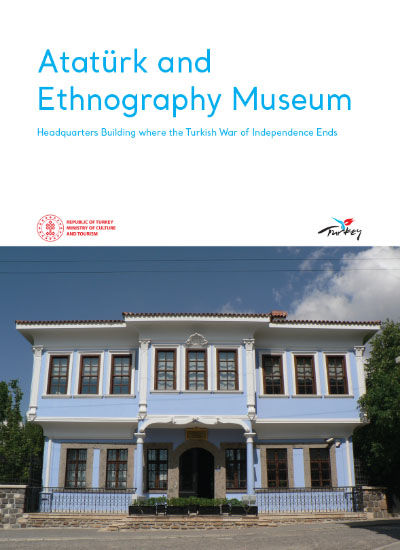The building that currently houses the Atatürk and Ethnography Museum was constructed in the 1890s. It was owned by the Kaftancızadeler family, one of the most prominent families in Uşak. During the War of Independence, it served as a headquarters building. On 2 September 1922, Commander-in-Chief Gazi Mustafa Kemal Pasha, Western Front Commander İsmet Pasha, Western Front Chief of Staff Asım (Gündüz) Pasha and Army Commander Nurettin Pasha arrived in Uşak from Dumlupınar. On the same day, the headquarters of the Commander-in-Chief, the Chief of General Staff and the Western Front Command were also transferred from Dumlupınar to Uşak. General Trikopis, Commander of the 1st Corps of the Greek divisions that had been defeated in the Battle of Dumlupınar, Colonel Vasilokopulis, Chief of General Staff, Colonel Petrinis, Chief of Corps Quartermaster and Colonel Kaybalis, Commander of the 13th Division, surrendered to the Turkish forces around Uşak on the night of 2 September. Mustafa Kemal Pasha, who met with the captured Greek Army Commander Trikopis and the Greek generals here, "consoled and hosted them" and permitted them to inform their families that they were in good health. In 1978, the edifice was expropriated and opened as the Atatürk and Ethnography Museum in the same year. On the ground floor of the two-storey wooden building, examples of local clothing and jewellery and weapons used in the War of Independence are exhibited. On the second floor, there is a study room, bedroom and meeting room where important decisions about the War of Independence were taken. The rooms contain items and garments belonging to Atatürk, which were transferred from the Ankara Ethnography Museum and Anıtkabir Museum.
Ataturk and Ethnography Museum


